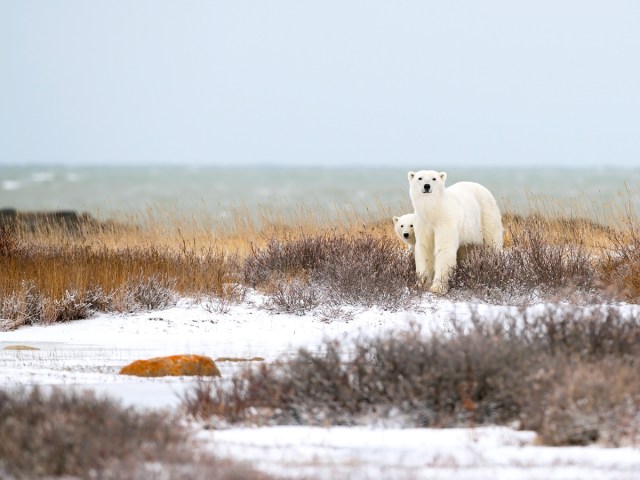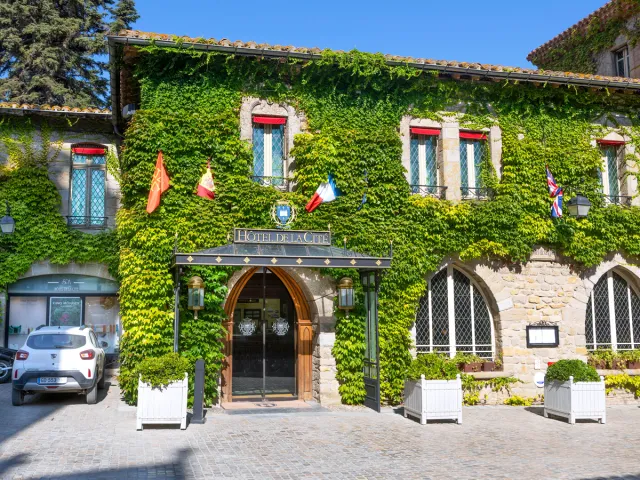Did you know that around 39% of the United States — 876 million acres — is covered in farmland? From the wheat fields of Kansas to the dairy farms of Wisconsin, agriculture is one of the biggest drivers of America’s economy. It helps to feed the nation and large parts of the world, in addition to shaping the cultural identity of cities and towns across the country. Let’s take a look at the 10 states with the highest percentage of their total area dedicated to farming, according to data from the U.S. Department of Agriculture (USDA), as compiled by Visual Capitalist.
10. Montana

Percentage of state devoted to farmland: 61.6%
Montana embodies the essence of the American West, with endless skies, pristine rivers, and iconic landscapes including the Rocky Mountains and Glacier National Park. The Treasure State’s vast natural resources support a thriving agricultural industry across more than 24,000 farms and ranches, with an average farm size of 2,734 acres. Wheat, cattle, and hay lead production alongside cherries, seed potatoes, and sugar beets. The state also produces organic crops such as honey, flax, and lentils, further solidifying its status as a farming powerhouse.
For visitors to Montana, there are many ways to experience the state’s agricultural heritage. See: fruit picking at Missoula’s Green Bench Orchard, sipping craft beers at Bozeman’s MAP Brewing Company, or tasting homegrown goods at festivals such as Taste of Bigfork and Trout Creek’s Huckleberry Festival.
9. Indiana

Percentage of state devoted to farmland: 65.2%
Corn and soybean fields dominate the landscape of Indiana. Such is the importance of corn to this Midwestern state that popcorn is now recognized as the official state snack (and Indiana is the country’s top producer of it). The crop is also used to draw tourists in the form of corn mazes, such as Exploration Acres in Lafayette.
But there’s plenty more to the state’s agriculture than beans and kernels. Indiana is the country’s leader in duck production, its second-biggest pumpkin producer, and ranked third in spearmint farming. In Fort Wayne, tours of Kuenhert Dairy provide a glimpse into the life of a 125-year-old working dairy farm. And in September, the Nappanee Apple Festival is famous for its 7-foot apple pie weighing over 600 pounds.
8. Illinois
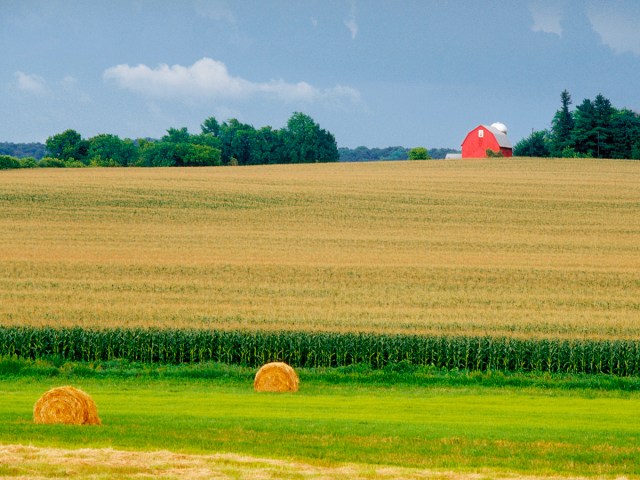
Percentage of state devoted to farmland: 74.0%
Illinois is another Midwestern leader in agriculture, ranking first in the country for soybeans, second for corn, and fourth for swine production. Illinois farmers work across 74,300 farms, which occupy a total of 27 million acres. The town of Morton is the self-proclaimed “Pumpkin Capital of the World” — it’s where the Libby’s plant is responsible for canning 85% of the world’s pumpkins. Every September, the Morton Pumpkin Festival celebrates the fall harvest with pumpkin-themed events such as decorating, sweet-making, and grilling.
The state is known for its fruit production, too, which is showcased at 12 participating wineries on the Shawnee Hills Wine Trail. Meanwhile, apple orchards including Jonamac Orchard harvest thousands of apples to brew sweet and hard ciders.
7. Texas
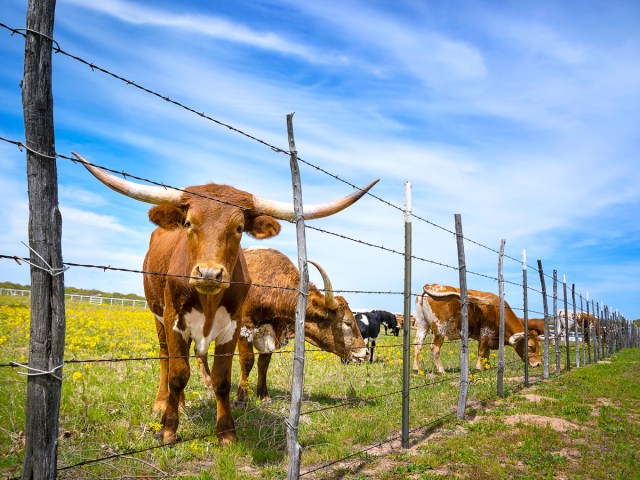
Percentage of state devoted to farmland: 74.8%
True to its reputation that everything is bigger in Texas, the Lone Star State does farming on a grand scale, too. It has 231,000 farms, the most of any state. Of these, around 96% are family-run, keeping the state’s proud agriculture heritage rooted in tradition. The average farm size in Texas is 541 acres, and farmland covers a total of 125 million acres statewide.
In 2023, beef, veal, cotton, and dairy products were among the top commodities. Texan cattle is central to the state’s world-famous barbecue, notably brisket, which is slow-cooked for hours. Try it for yourself at the Texas Monthly BBQ Fest, an annual event held in November in Lockhart that brings together Texas Monthly magazine’s Top 50 BBQ Joints in Texas.
6. Oklahoma

Percentage of state devoted to farmland: 74.9%
Oklahoma has over 70,000 farms, covering around 33 million acres of state land. Of these, 52 are certified organic farms, 91% of all farms in the state are owned by either families or individuals, and 40% of the state’s farmers are female. Hogs, cattle and calves, and broilers (chicken raised for meat) are Oklahoma’s leading products. Beekeeping is also big business, with almost 23,000 colonies producing 234,000 pounds of honey in 2022.
Some of the best places to sample Oklahoma’s farmed goods are at food festivals such as July’s Porter Peach Festival and August’s Rush Springs Watermelon Festival and Rodeo. Visitors can also harvest their own lavender at Lakeview Lavender Farm, or pick Christmas trees in winter and blackberries in summer at Sorghum Mill Christmas Tree and Blackberry Farm.
5. Iowa

Percentage of state devoted to farmland: 83.9%
Like Indiana, Iowa is famous for its far-reaching cornfields and soybean fields. They are dominant features of the Hawkeye State’s 30 million acres of farmland and 87,000 farms, of which over 700 are certified as organic. Livestock and poultry are also major contributors to the state’s agricultural industry.
A great way to get a taste for the state’s agricultural heritage is via the self-guided From Farm to Fork Road Trip, organized by the Iowa Food and Family Project. It incorporates five award-winning food and drink stops, ranging from burger bars to distilleries to ice cream parlors. Bacon lovers should also plan a visit to Des Moines’ Blue Ribbon Bacon Festival in May for dozens of bacon-infused treats, from corn dogs to toffee.
4. Kansas

Percentage of state devoted to farmland: 85.6%
The Sunflower State is technically only the sixth-biggest producer of sunflowers in the United States, but sunflowers are ingrained in Kansas’ culture. Britt’s Farm in Manhattan opens its sunflower fields every fall for visitors to marvel at the vibrant yellow blooms. But that’s not all the state’s 55,000 farms specialize in. Cattle, corn, soybeans, sorghum, and wheat also drive the agriculture economy.
Cattle and pork production are especially important and contribute to Kansas’ iconic barbecue menus, with spots such as Joe’s Kansas City Bar-B-Que that are famous for pulled pork sandwiches and saucy ribs. Visitors can also check out the Kaw Valley Wine Trail, which encompasses 14 independent wineries west of Kansas City. Z&M Twisted Wines produces over a dozen varieties alone, including reds, whites, and dessert wines.
2. North Dakota (tie)
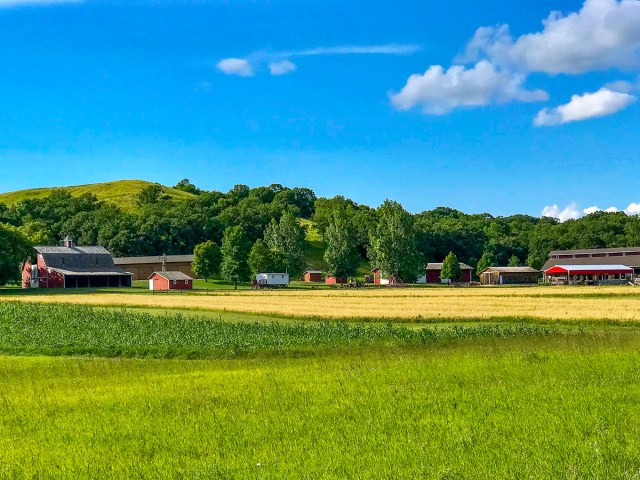
Percentage of state devoted to farmland: 87.2%
North Dakota might fly under the radar in terms of tourism, but it’s a powerhouse when it comes to agriculture. Its rich prairie soil and flat terrain make it ideal for growing crops such as canola, flaxseed, oats, and wheat. There are some 24,800 farms and ranches occupying 38.5 million acres of the state’s land.
There’s a proud dairy heritage in Iowa, too, represented by Salem Sue, billed as the “World’s Largest Holstein Cow.” If you’re looking to check out two quirky attractions in one go, this emblematic roadside stop on Interstate 94 is a two-hour drive from the World’s Largest Buffalo Monument. Visitors to North Dakota can also sample the state fruit — the sour-sweet chokeberry, typically used to make jellies, syrups, and wines — at Willston’s ND Chokeberry Festival, held annually in August.
2. South Dakota (tie)
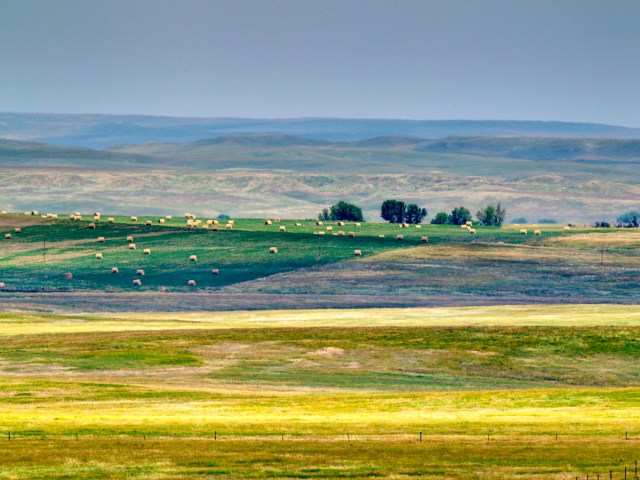
Percentage of state devoted to farmland: 87.2%
Like its northern counterpart, South Dakota is one of America’s top farming states. Its more than 28,000 farms specialize in everything from livestock to crops such as corn, hay, and sunflowers. In 2023, the state produced over 18 million pounds of honey.
South Dakota’s livestock industry is also vital to the official state nosh, chislic. It consists of deep-fried cubes of red meat (traditionally lamb or mutton) served on skewers with saline crackers and a dipping sauce. In July, you can also check out the South Dakota Chislic Festival in Freeman. On the quirkier side of the agricultural world is the Mitchell Corn Palace, which has murals made entirely from corn.
1. Nebraska
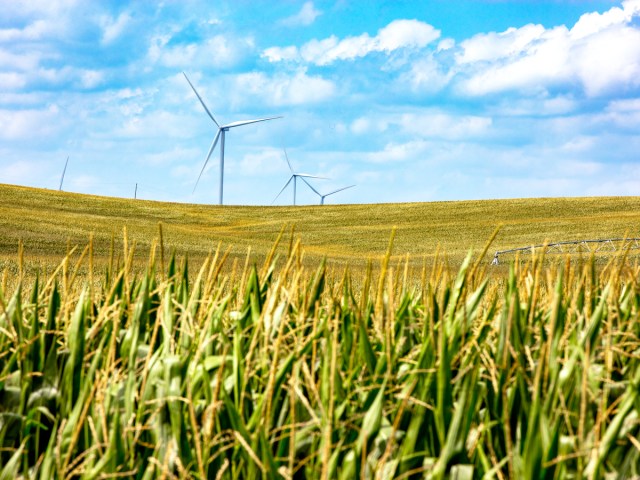
Percentage of state devoted to farmland: 89.5%
Dominated by the rolling prairies, grasslands, and steppes of the Great Plains, Nebraska has the highest percentage of land dedicated to farming. Over 44,000 farms spread across 44 million acres of land in Nebraska. It’s the country’s second-largest cattle producer, earning it the nickname of the Beef State. Corn and dairy products are also among the state’s top commodities.
Nebraska’s farming success owes much to the Ogallala Aquifer, a huge underground water source ensuring crops thrive even through dry spells. Farming isn’t just a way to make a living in Nebraska, either — it’s part of the state’s tourism fabric. Guest ranches let visitors experience the life of a cowhand, while orchards invite them to pick their own fruit. Among the best ways to savor local flavors is at North Loop’s Popcorn Days and Hastings’ Kool-Aid Days, both held in August.
More from our network
Daily Passport is part of Inbox Studio, which publishes content that uplifts, informs, and inspires.











